ASUS Zenbook Prime (UX21A) Review: The First of the 2nd Gen Ultrabooks
by Anand Lal Shimpi on May 22, 2012 2:46 PM EST- Posted in
- Laptops
- CPUs
- Asus
- Ivy Bridge
- Zenbook
- Zenbook Prime
- Ultrabook
- Notebooks
The Zenbook Prime Exterior
The all-aluminum Zenbook chassis makes another appearance with the Zenbook Prime. It's the same thickness and weight as its predecessor. The Prime also features the same port configuration. On the 11-inch model you get two USB 3.0 ports (one on each side), a mini VGA out (with bundled dongle), micro HDMI out and shared audio/mic jack. The 13-inch model adds an SD card reader, while the thicker UX32 adds full sized HDMI and a third USB 3.0 port on top of that.
While the outside of the Zenbook hasn't changed at all, it's what's inside that's completely different. Both the UX21 and UX31 now feature 1920 x 1080 IPS panels. I'll get into the debate over the usability of such a high res on such an 11.6 inch display shortly, but at a high level this is just awesome. ASUS is finally putting the type of attention we've been asking for on display technology. The 1080p panel on the UX21 looks amazing and performs extremely well as you'll soon see. I can only assume the UX31's panel is similarly impressive.
What else got updates? The camera (now 720p), keyboard, trackpad, WiFi, USB 3.0 and power adapter, to name a few.
The New Keyboard
The keyboard is all-new on the Zenbook Prime. Although it doesn't look as stylish as what ASUS introduced in the original, the new keyboard is worlds better to type on. It feels almost identical (but not completely) to the MacBook Air keyboard, which in my opinion is a good thing. Finger fatigue is significantly reduced compared to the original Zenbook. ASUS claims 12% increased key travel compared to the predecessor which definitely contributes to a better typing feel.
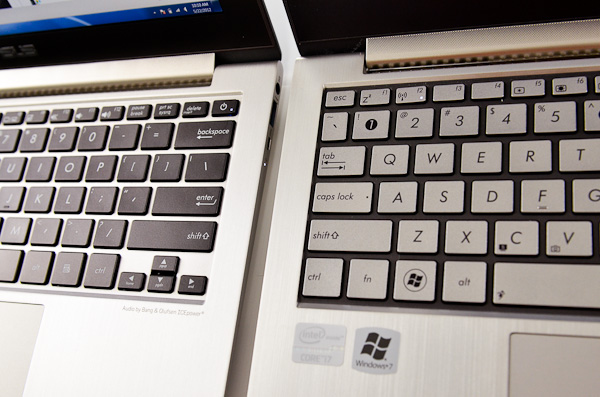
The new keyboard (left) vs. the old keyboard (right)
The keyboard obviously looks very similar to Apple's chiclet as well and now features a LED backlight. There are three selectable brightness settings for the keyboard backlight (four if you count off), which you control via a keyboard shortcut (fn F3/F4).
A Much Improved Trackpad
The problematic trackpad from the original Zenbook was actually addressed mid-cycle last generation. ASUS switched to an ELAN trackpad that did away with most of the issues I encountered. Users who wanted the new trackpad could call, complain and should've been able to get their unit swapped out although there was never a formal replacement program. The Zenbook Prime uses the same trackpad, although this is my first personal experience with it in a Zenbook.
In short, it's much better than what I originally reviewed. Keeping one finger on the trackpad's left click area while you move the pointer is no longer an issue. The pointer will occasionally refuse to move but it's very rare and ASUS even ships software that lets you tweak the trackpad's sensor to better match how you use it:
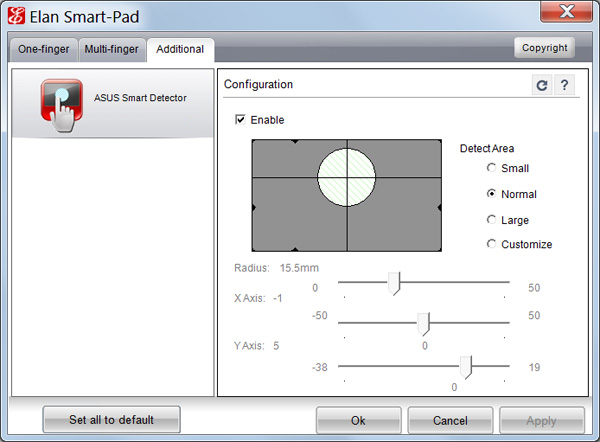
Tap to click and actually clicking the trackpad are both non-issues again. Two finger scrolling as well as three finger forward/back gestures all work very well. Overall the experience is pretty good, albeit not quite perfect. It's likely the best ASUS can do without writing its own trackpad driver. At some point it may just come to that however.
An Updated Power Adapter
The 45W power adapter from the Zenbook gets a slight update as well. Remember the charge indicator that never turned off? Fixed. Also the somewhat worrisome power connector has been beefed up, it's a bit thicker and I'm less worried about it snapping off.
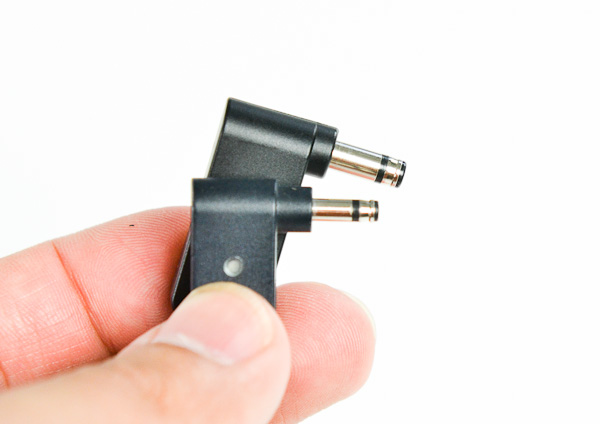
The old Zenbook power connector (bottom) vs. the new Zenbook Prime connector (top)
I shouldn't be surprised that ASUS fixed these things but it's just so rare that a company listens to feedback and acts appropriately in such a short period of time. I would still like to see a MagSafe clone and better cable management than a bit of velcro, although navigating around any associated patents there should be fun for ASUS' lawyers.
Vastly Improved WiFi
The original Zenbook featured a 2.4GHz Qualcomm Atheros AR9485 802.11b/g/n WiFi solution. Only supporting a single spatial stream the best sustained speeds I saw were around 5MB/s using 20MHz channels at 2.4GHz. The Zenbook Prime offers a considerable upgrade.

Now inside the machine is Intel's Centrino Advanced-N 6205 controller. The 802.11a/g/n controller adds 5GHz support and link speeds of up to 300Mbps. In practice I saw a doubling of performance under the same conditions as the original Zenbook (80Mbps vs. ~40Mbps).
As a side benefit, since ASUS is using Intel's Centrino WiFi on an Intel platform it also by default supports Intel's Wireless Display (WiDi) technology.
Just like last time, the UX21A comes with a sleeve case, VGA dongle and USB to 10/100 Ethernet adapter.
USB 3.0 on Both Ports
Courtesy of Intel's HM76 chipset found on the Zenbook Prime's motherboard are the notebook's two USB 3.0 ports. The original Zenbook had a single USB 3.0 port and one USB 2.0 port by comparison. USB 3.0 performance is a bit higher than what I measured with the original Zenbook. I had no problems sustaining transfers at above 170MB/s.
VGA and HDMI out are also supported. There's no Thunderbolt or DisplayPort on the Zenbook Prime unfortunately.
Simplified SSDs
The original Zenbook offered one of two SSDs depending on the model you picked up: Sandisk's U100 or ADATA's SandForce SF-2281 based XM11. If you'll remember back to my review of the original Zenbook I expressed concern that ASUS was shipping a known buggy firmware with the ADATA drive, although admittedly I didn't run into any of the SandForce BSOD issues during my review of the system. It looks like those concerns can be put to rest as ASUS has dropped SandForce from the Zenbook Prime. Sandisk's U100 is all that's available now.
As we've alluded to in the past, the U100 isn't the fastest SSD on the block but it should be very well priced for ASUS and obviously faster than a mechanical drive. Read speeds are quite good, but write performance is where the U100 falls short. Do a lot of IO (e.g. install a game or just write sequentially to the drive) and you'll notice IO latencies increase. It's the same issue we ran into early on in the MLC client SSD space, but no where near as bad. The good news is there's no stuttering or other similarly undesirable behavior. The system still functions like it has an SSD, it's just that it could be a lot faster under load. I'm saving a full investigation into U100 performance for final Zenbook Prime hardware.
My hope is that we'll see vendors offer drop in replacements for the drive similar to what we saw OWC do for the MacBook Air. I still haven't gotten a straight answer as to whether or not the ASUS drive is electrically compatible with the MacBook Air SSD, nor have I been brave enough to risk nuking a drive to find out. Update: the two SSDs are physically similar, but not physically compatible. Here's a challenge to all SSD makers out there: build an upgrade kit for the Zenbook.


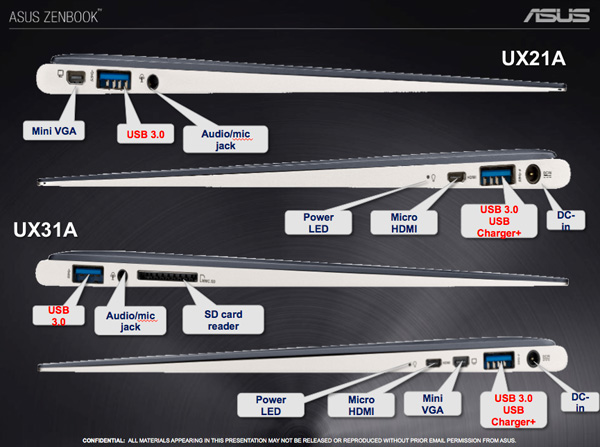
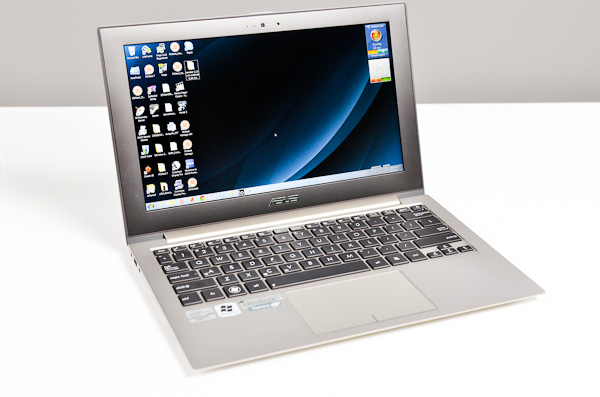






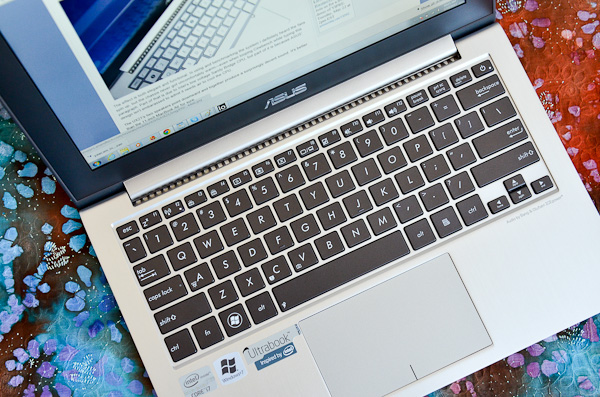
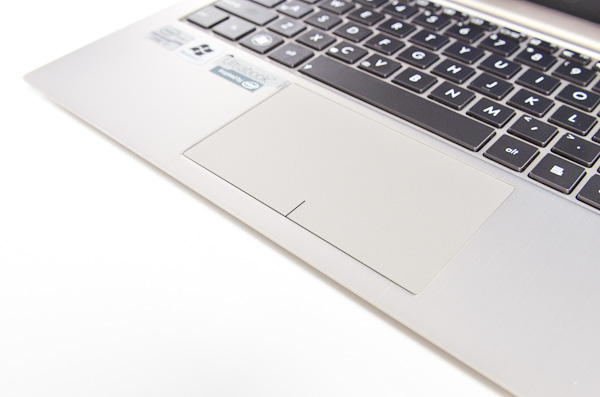
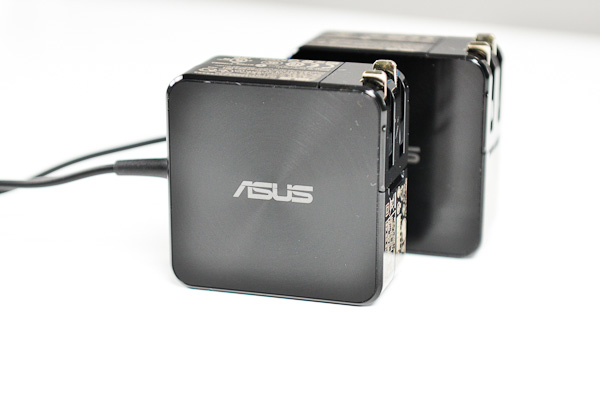
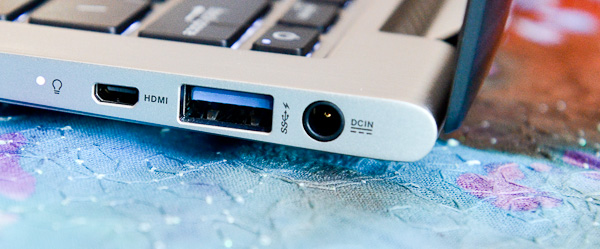








192 Comments
View All Comments
rast20 - Tuesday, May 22, 2012 - link
Different IVB CPU. We can't see it (both configs only feature "ULV IVB") because it's still supposed to be secret, but I'd guess one is i5 and the other is i7.AmdInside - Wednesday, May 23, 2012 - link
The fact that it features an IPS display makes it an easy choice over a Macbook Air and I personally love both Win7 and MacOSX so it is not about OS. I wish I had not just purchased a projector or else this would be on my shopping list right now.ImSpartacus - Wednesday, May 23, 2012 - link
Over a 2011 Macbook Air, sure.I'm reserving judgment until I see the 2012 models. As Anand mentioned, ASUS wouldn't've rushed the Zenbook Prime review units if they didn't have to do it. We won't be waiting long.
cwcwfpfp - Wednesday, May 23, 2012 - link
Thanks for the thorough and insightful preview Anand. By far the most informative of all the previews/hands-ons for the UX21A I've read.I am going to add my voice to those pointing out the 4GB limit. While I think those saying 4GB won't be enough for gaming are a being unrealistic, I do think it is realistic to want more RAM options for other reasons. Right now 4GB should be just fine, but do you guys really see it being sufficient 2 years down the line? I say this as a graduate student often on the move who would like something light to carry around and do work on. So I do foresee having multiple applications running at once and would love more RAM for future-proofing.
I also have my own issues with the keyboard and touchpad layout - basically I think they went too far in borrowing elements of the MacBook Air here and suffer from form over function. Not a fan at all of the clickable touchpad - much prefer dedicated left/right buttons (and even additional buttons above the touchpad would be nice). Also would like to see dedicated page up/down keys - preferably right above the arrow keys. This is more of a personal preference though. I'm sure a fair number of people will disagree with me on that.
That said, overall the UX31A/21A looks like the ultrabook to beat right now. In fact I will likely pick up a UX31A when it comes out, despite my minor complaints above.
SignalPST - Wednesday, May 23, 2012 - link
Can you test the WiDi feature on the Prime? I've heard that version 2.0 supports 2 individual display outputs at 30fps or 1 output at 60fps.Also, since IVB supports max 3 display outputs, can you output both to the microHDMI and miniVGA, and keep the main LCD active as well?
IntelUser2000 - Wednesday, May 23, 2012 - link
I think that's with WiDi 3.0, which will likely come with updated HD Graphics drivers. WiDi 2.0 didn't come with Sandy Bridge launch, only with updated drivers.Also it says on one Ivy Bridge presentation that you can output to two additional monitors using HDMI and Displayport.
SignalPST - Thursday, May 24, 2012 - link
Hmm... you're right. Hopefully we'll get to see some of that action on the Prime.ssj4Gogeta - Wednesday, May 23, 2012 - link
"life is short, I draw the line at spending it testing claims of 150 day standby battery life"You forgot you' have to measure it three times then take the average. :-P
Pantsu - Wednesday, May 23, 2012 - link
Hopefully the 13" models won't be overpriced where I live, since this could be my next laptop. I was afraid the 1080p panel would be only available for $1500+ models.The W7 scaling is probably why most laptop manufacturers didn't want to offer 1080p option. Luckily Windows 8 should fix that issue too.
I'm still debating though whether I want an ultrabook or if I could do with a standard voltage model with discrete graphics, as long as it is lighter than my current white macbook. I don't need an optical drive or ethernet, but neither do I necessarily need the laptop to be ultra thin and light. Looks like I'll wait until back-to-school season until I make my pick though. There should be a good amount of choices available then.
ijozic - Wednesday, May 23, 2012 - link
I don't understand why Asus designs their Zenbooks pretty much like MB Airs? Personally, I find the Apple laptops' looks overly sterile so this makes the Zenbook a no choice for me (unfortunately).My biggest functional gripe with this choice is that they are copying the side profile design of the case - IMHO, if they'd made a case with a uniform thickness, they'd have had room for more ports (e.g. more USBs, SD card reader slot, maybe even a thin express card slot), plus extra battery capacity.
Also, a 1600x900 screen would seem as a more usable choice and thus it would be nice to have it as an option. Well, at least the screens are not glossy as on the Apple..